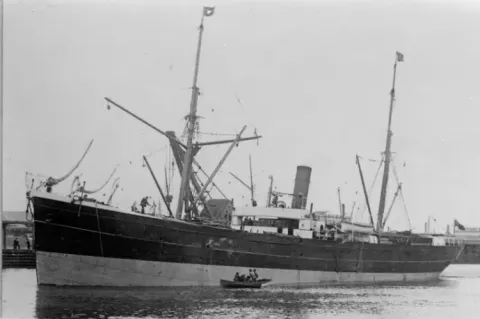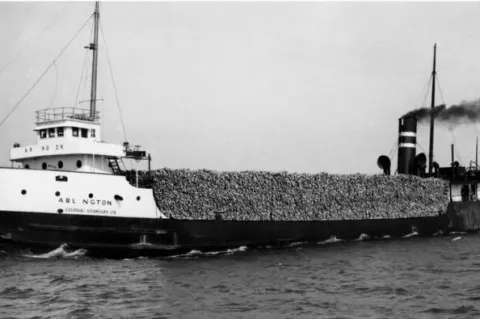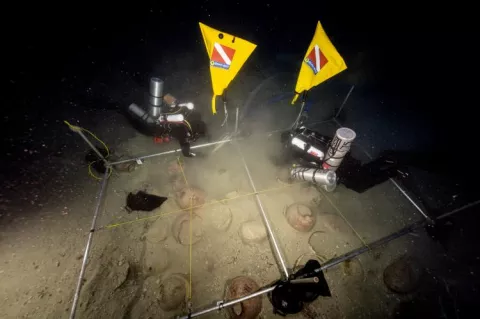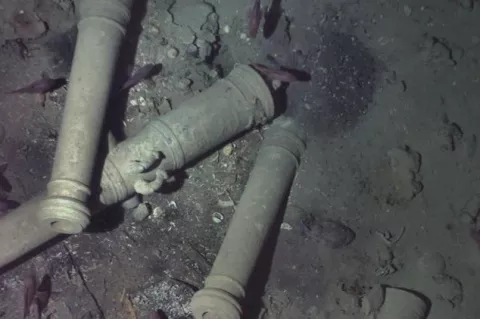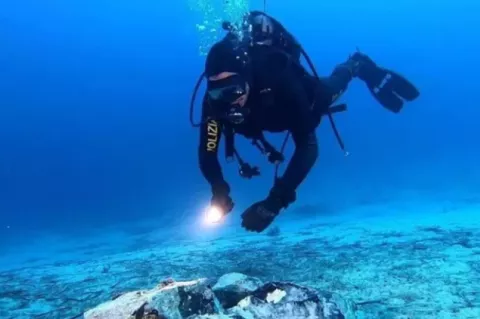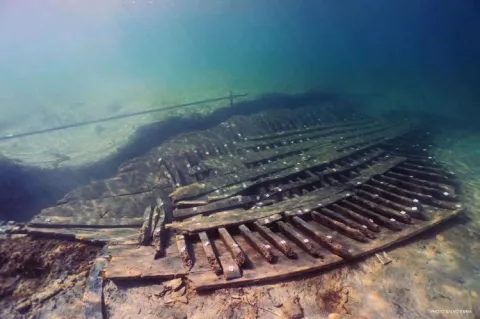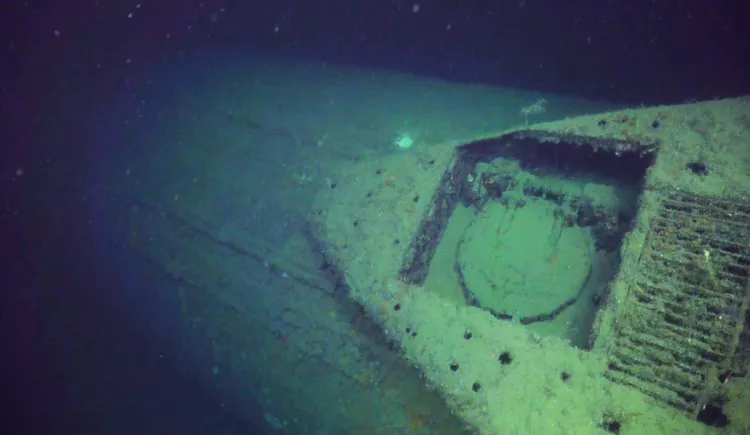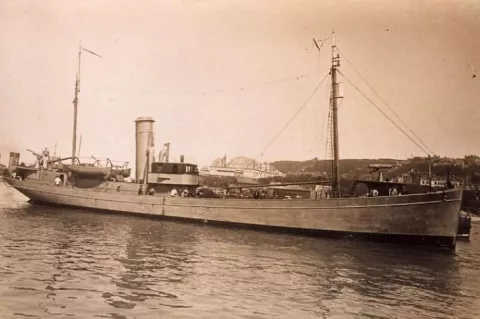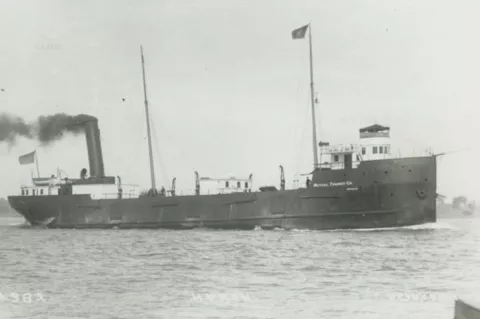SS Nemesis Wreck Uncovered: Solving a 120-Year Maritime Mystery
The discovery, which resolved over a century of mystery surrounding the ship's location, occurred during a standard environmental survey.
The SS Nemesis, constructed in 1873, was a cargo steamer that encountered its premature demise during a ferocious storm in 1901. Since that time, the wreck's position had remained an enigmatic puzzle, baffling historians and the crew's descendants alike. Its unveiling not only concludes a historical narrative but also heralds a new chapter in Australia's extensive maritime legacy.

